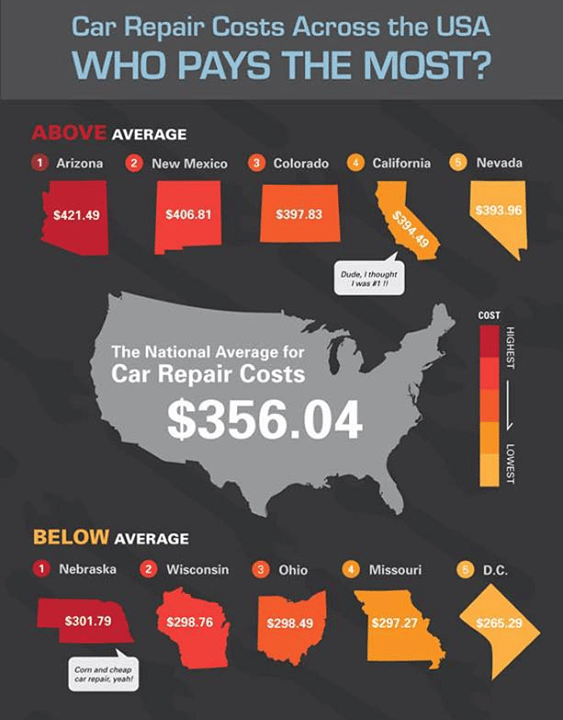The Value Of Regular Tire Treatment: Techniques For Proper Tire Evaluation And Turning
The Value Of Regular Tire Treatment: Techniques For Proper Tire Evaluation And Turning
Blog Article
Article Created By-Faulkner Finn
Guaranteeing your tires are in leading problem is greater than just a routine job-- it's a safety and security important for each journey you embark on. From keeping oil change service to inspecting for wear and tear, the health and wellness of your tires straight influences your vehicle's performance and your health on the road. However what are the key actions to take to keep your tires in prime shape? Let's discover the critical aspects of tire maintenance that you shouldn't forget.
Advantages of Normal Tire Maintenance
Regular tire maintenance provides a series of benefits that can enhance your driving experience and ensure your safety when traveling. By keeping your tires correctly blew up, you boost gas effectiveness, saving you cash at the pump.
Properly maintained tires additionally supply better grip, minimizing the threat of accidents, particularly during harsh weather condition. Properly lined up and balanced tires lead to a smoother adventure, reducing vibrations and enhancing total vehicle handling.
On a regular basis turning your tires advertises also tread wear, expanding their lifespan and saving you from early replacements. Additionally, preserving the right tire pressure can stop blowouts and flats, reducing the opportunities of unforeseen break downs when traveling.
Tire Assessment Guidelines
When examining your tires, it's critical to pay attention to numerous key facets to guarantee they're in ideal problem for secure driving. Begin by checking the tire stress using a pressure scale to ensure it matches the producer's recommended degree.
Check auto body shop by placing a cent upside-down right into the tread grooves; if you can see every one of Lincoln's head, it's time for brand-new tires. Look for any signs of unequal wear, which may suggest placement problems or inappropriate inflation.
Look for cuts, protrudes, or splits on the tire sidewalls, as these can lead to blowouts. Additionally, take a look at the tire valves for damages or leakages. Bear in mind to inspect all 4 tires, including the spare if suitable.
Correct Tire Rotation Techniques
To guarantee also put on and expand the lifespan of your tires, it's important to adhere to appropriate tire rotation strategies. Routine tire turning aids disperse use equally throughout all 4 tires, advertising longer step life and improving total efficiency. Beginning by inspecting your automobile's manual for the recommended rotation pattern. Usually, front-wheel-drive, rear-wheel-drive, and all-wheel-drive lorries have various rotation patterns to make up varying wear patterns.
For most vehicles, the suggested tire rotation period is every 6,000 to 8,000 miles, but this may differ, so it's important to consult your handbook.
When rotating your tires, swap the front tires with the back tires, moving the left back tire to the left front position and vice versa. Bear in mind to likewise cross the rear tires to the opposite sides when moving them to the front. This basic yet efficient turning method helps guarantee that all tires put on equally, optimizing their life-span and maintaining ideal performance.
Final thought
See to it to focus on routine tire upkeep to maintain your car running smoothly and safely. By adhering to straightforward assessment standards and appropriate rotation methods, you can expand the lifespan of your tires, boost gas efficiency, and enhance general efficiency when driving. Don't ignore the value of caring for your tires - it's a tiny initiative that can make a large difference in your driving experience.
